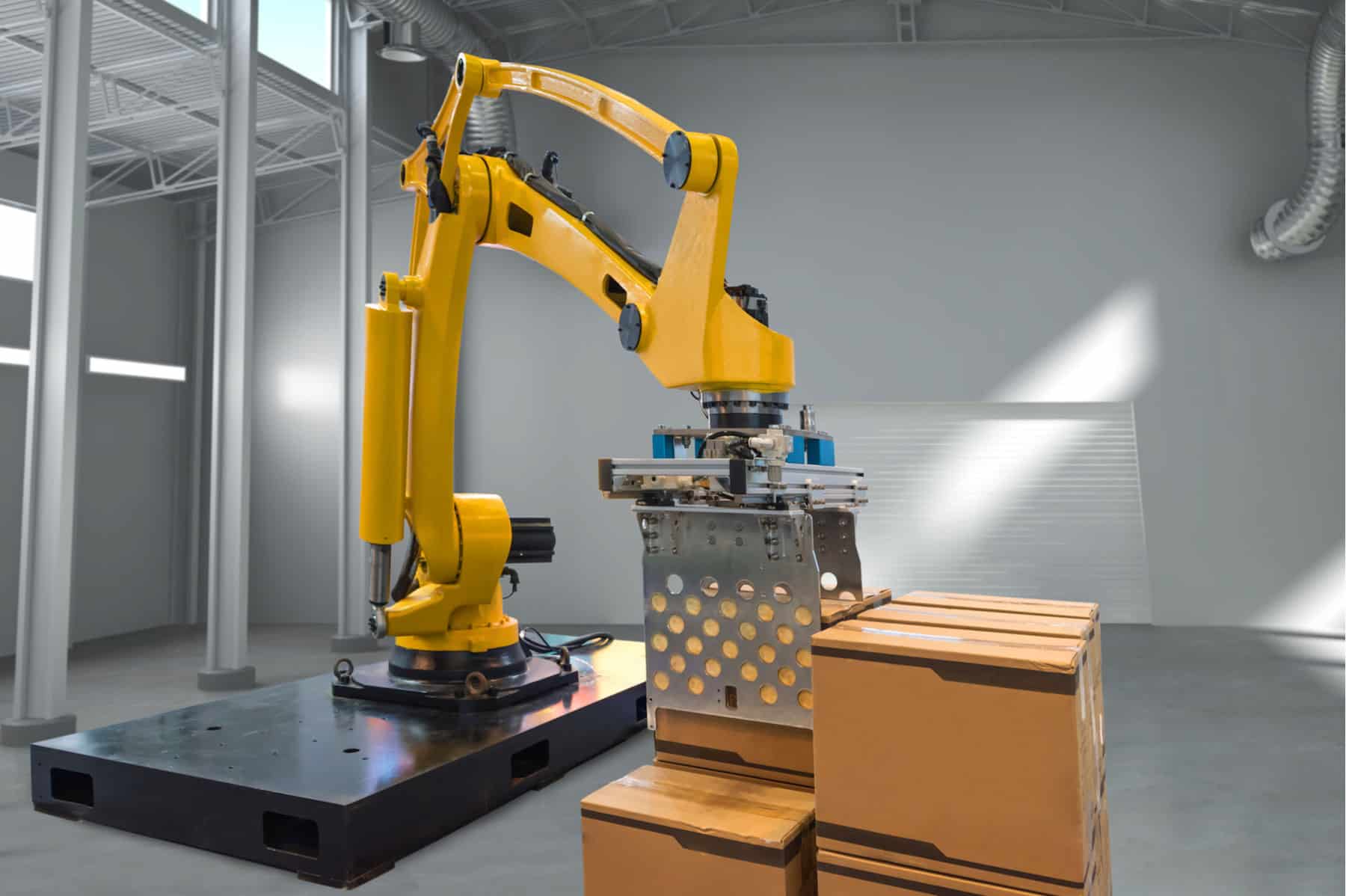For an industry that is almost as old as humanity, and empowered in its function of carrying about 90% of world trade, the shipping industry faces a new challenge: suddenly finding itself placed in a space that requires big, rapid changes, where tradition meets innovation. It has been forced out of its comfort zone, due to the incredibly fast progress of technology. Artificial intelligence, the Internet of Things, and globalization are converging during this crucial time in world history, pointing towards a fourth Industrial Revolution, requiring the shipping industry to make adjustments, and reinvent the wheel, in order to stay relevant in the highly-competitive and ever-changing international market.
Container shipping, even if old-fashioned by many standards, remains the world’s first global industry, interconnecting global markets, international businesses, and people, and to this day, remains a key player in the global economy.
According to the valuable database Alphaliner, the five biggest container lines in the world control about 60% of the global market. Therefore, shipping rates are climbing vertiginously, because they can afford to. The market is overly saturated with products, and these goods mostly get from producers to distributors via ocean freight.
Container shipping is now a game for big boys with deep pockets, says Corrine Png, Chief Executive Officer at Crucial Perspective, a Singapore-based transportation research firm.
As the world changes, so, too, do all aspects of the shipping industry. From logistics to building innovative vessels, everything is in constant motion. New megaships, like the Triple E Vessel of Maersk are out-sizing older models, and the titans of shipping like Berge Stahl, Allure of the Sea, and Emma Maersk have lengths that exceed the Eiffel Tower, and are able to transport over 10,000 trucks worth of product (Source: Smithsonian.)
Ever transformative technologies enhance capabilities, and are helping make the shipping industry even more green. Welcome to the Future! Going green and being environmentally-friendly is not only one of the future’s biggest requirements, but also becomes the sine qua non in order to generate progress. Innovative technologies enable the creation of better performance, and positive environmental changes, by reducing carbon and sulphur emissions.
The oxymoronic aspect of the shipping industry is emphasized in the insightful book Ninety Percent of Everything by Rose George. Being as old as it is, it has strong modern components: even though still being controlled by a human being, construction is all about machines and electronic charts. The high-tech revolution, however, cannot control hazardous elements, like the weather. And, seafarers are embarking on sophisticated machines, yet still living in conditions less modern – the internet is scarce and mostly only allowed in certain ports, in order to keep costs low.
Yet, disruption is coming to the initially old school industry of shipping.
As per Frank Coles, various successful startups, and venture companies, are changing the status quo by leveraging the power of vertical integration. Large retailers, like Amazon, will have their own logistics and distribution hub, a revolutionary system that will automate the entire international supply chain by eliminating document handling and freight booking (Source: The Marine Professional.) With the launch of Amazon Prime Air, drones will deliver packages directly from a distribution center to the customer. Additionally, the advancement of technology is disrupting the industry through cyberattacks, such as the one that ended up costing Maersk $300 million this year.
With all of the changes that the shipping industry is facing, it still remains the driving force behind the global economy, and will not go anywhere anytime soon. With a little help from Elon Musk, it could take a new direction, should he ever want to tap into this industry.




